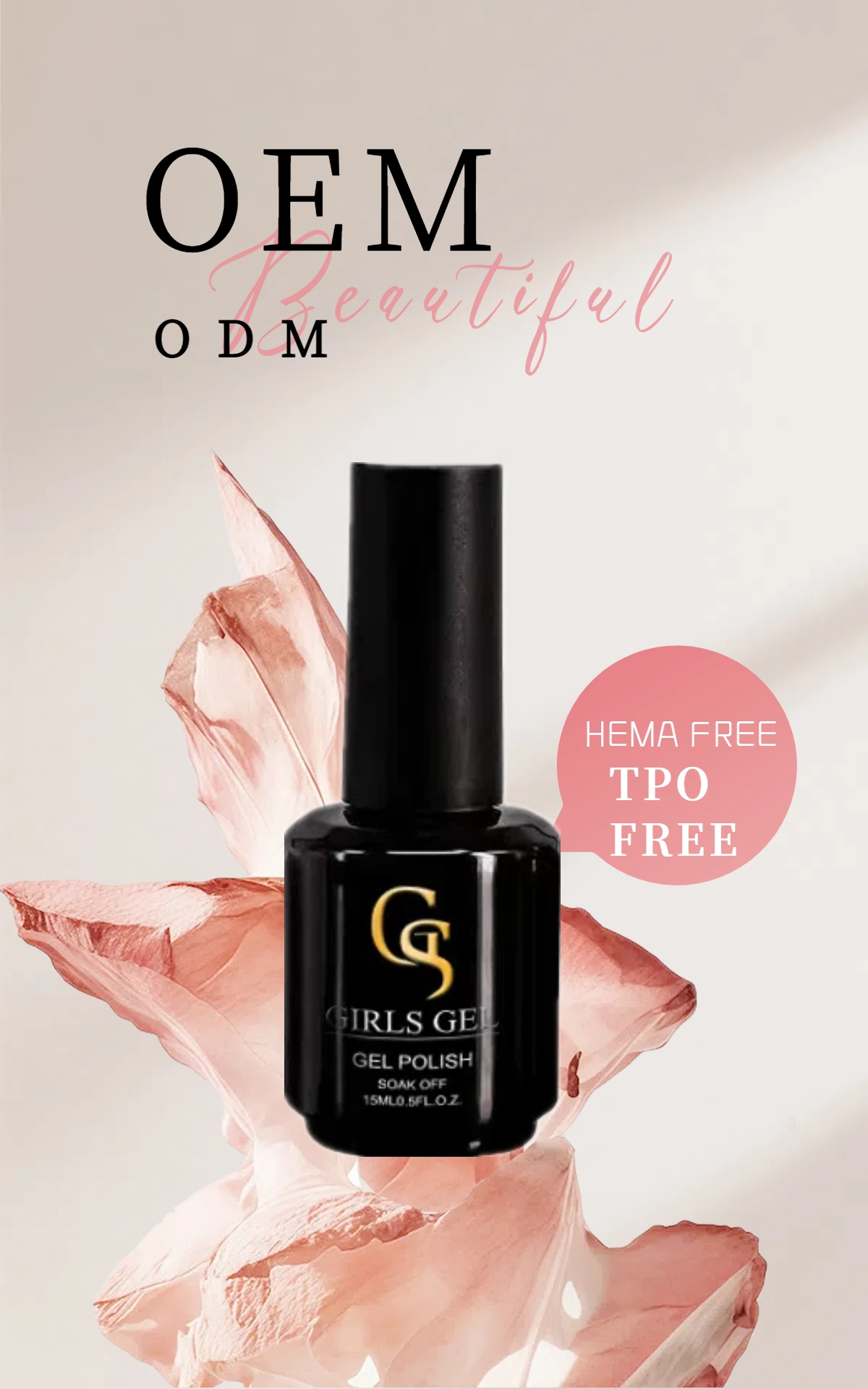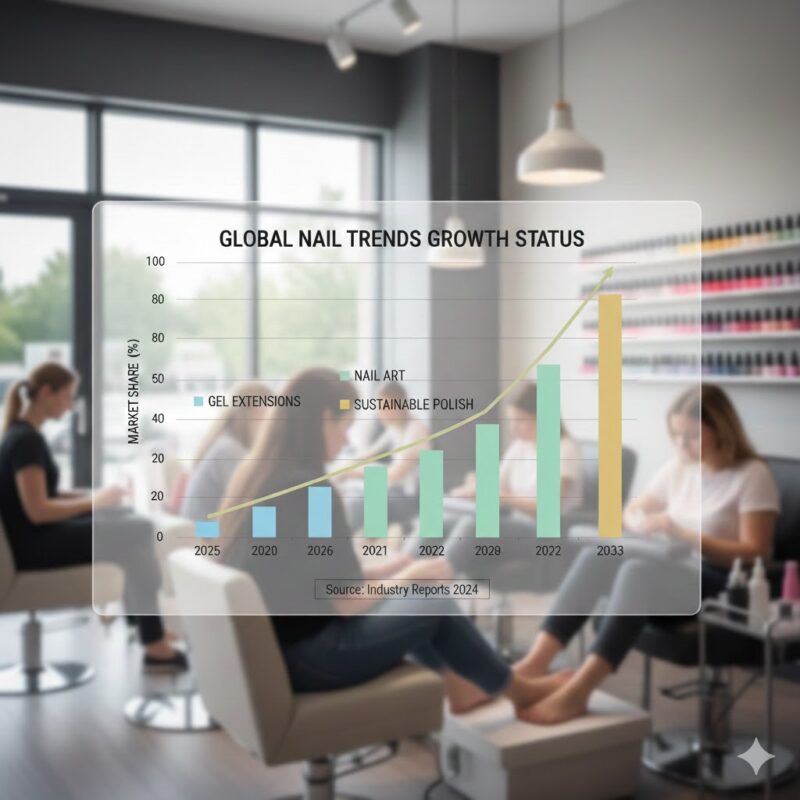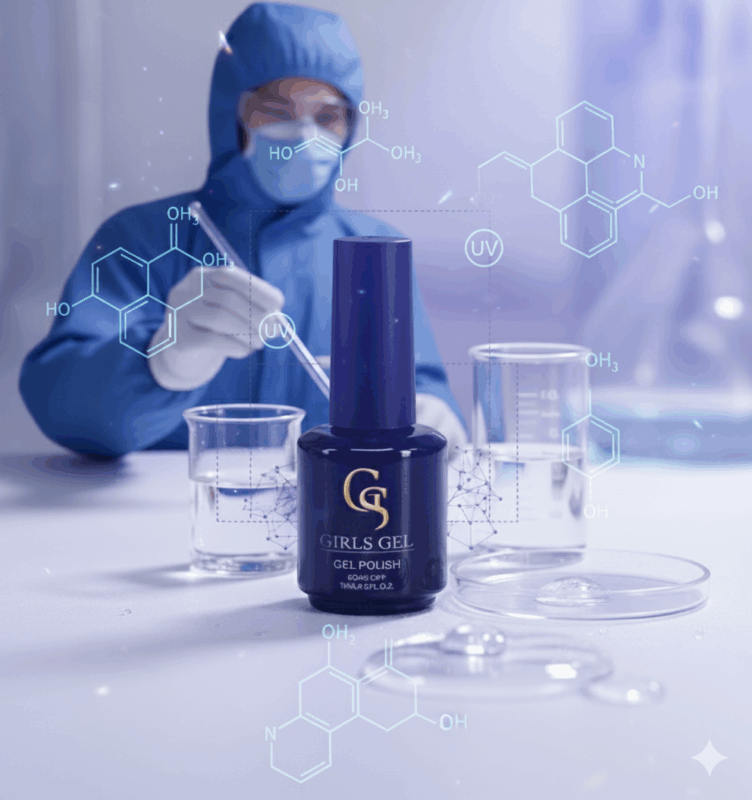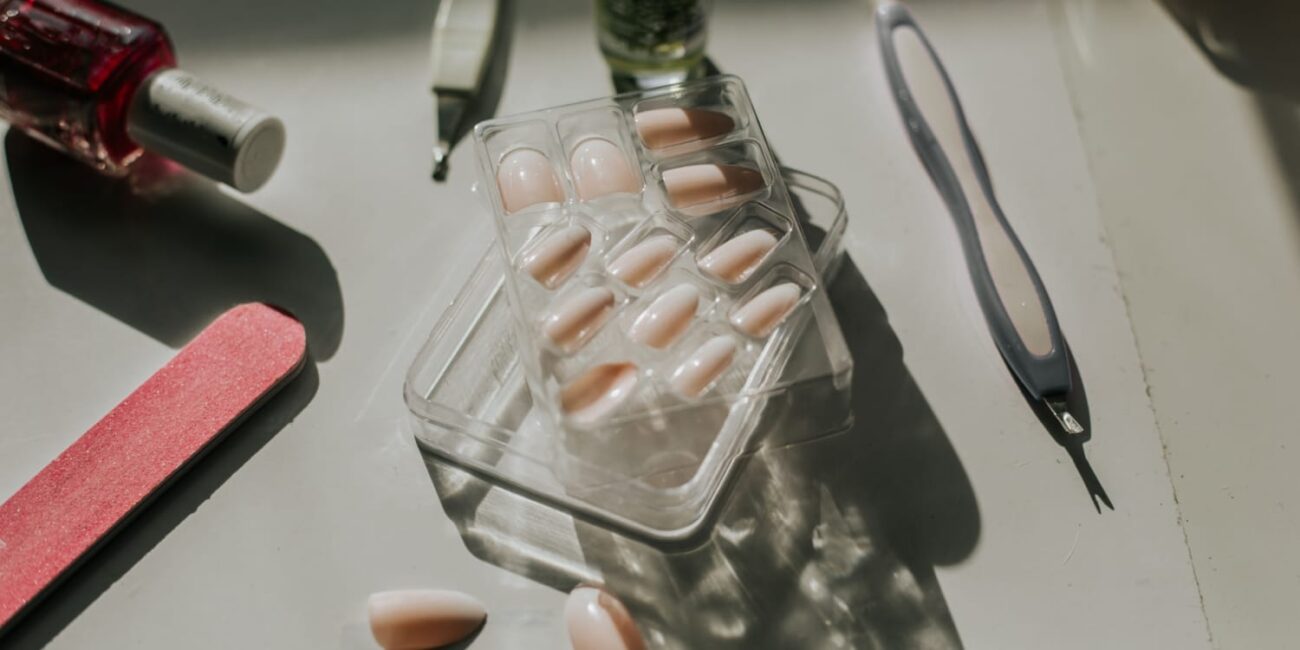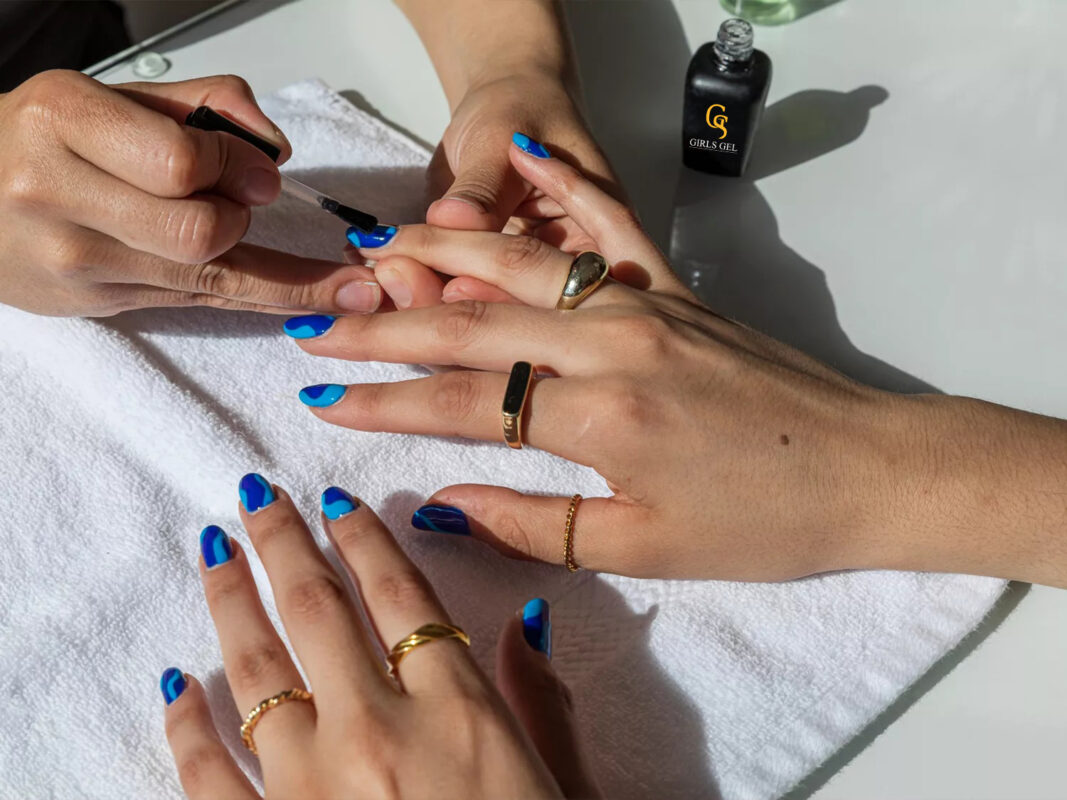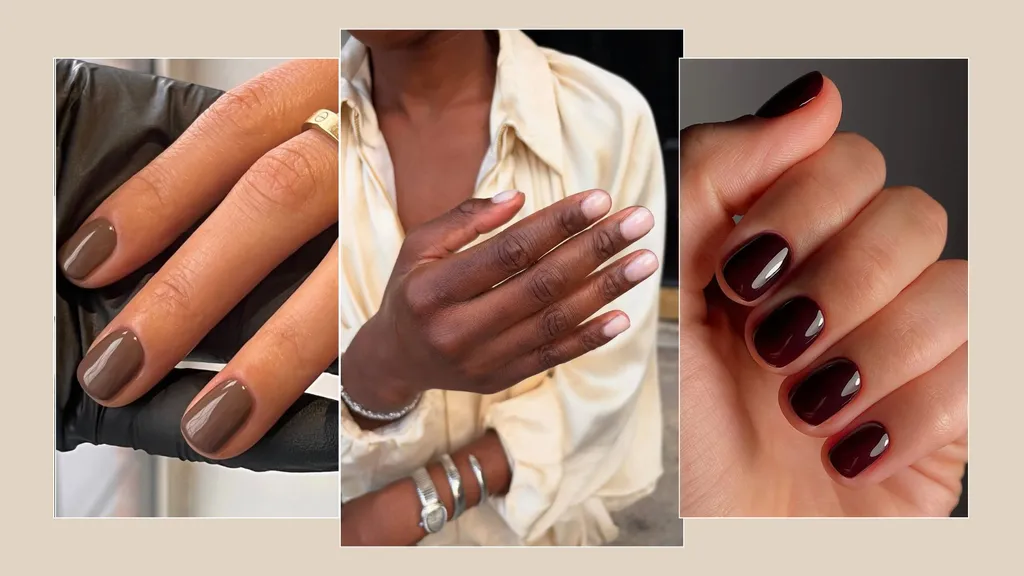Learn more about the recent EU ban on the chemical and what that means for your manicures.
Calling all gel manicure enthusiasts: The European Union recently announced a ban on a chemical named trimethylbenzoyl diphenylphosphine oxide (TPO), which is found in some gel nail polishes. The ban went into effect on September 1, and, since then, nail salons in the EU have been required to stop selling—and dispose of—any products with the ingredient, while manufacturers are being urged to reformulate their gel polishes. No such ban exists here in the U.S., but if you’re concerned, there’s good news: There are TPO-free gel nail polishes and alternatives that offer similar long-lasting results. Ahead, learn more about the ban, the associated risks, what this all means for your gel manicure, and brands that are TPO-free.
What is TPO?
“Trimethylbenzoyl diphenylphosphine oxide is a photoinitiator that, when exposed to light (UV or LED), triggers a chemical reaction that causes gel polish to harden, giving it durability and shine,” explains Michelle Henry, MD, a board-certified dermatologist and founder of Skin & Aesthetic Surgery of Manhattan. It’s also used in other industries, such as dentistry, for curing materials.
What is the risk?
The two main concerns with TPO are endocrine and reproductive disruption, says Dana Stern, MD, a board-certified dermatologist and nail specialist. “Some studies have demonstrated that photoinitiators, including TPO, can be bio-accessible after ingestion of contaminated dust and may exert endocrine-disrupting effects,” she says. The EU ban, however, comes after more recent animal studies have shown that very high doses of TPO may cause reproductive toxicity, explains Henry. “While no human studies have demonstrated the same risk, the EU decided to ban it out of caution.”
It’s important to note that the EU is more conservative than the United States FDA when it comes to banning ingredients in consumer products. “The EU takes a hazard-based approach, meaning that if there’s any potential danger, they err on the side of banning, while the U.S. follows a risk-based approach, which considers how much exposure people realistically have,” says Henry. Another way to look at it is that the EU has more of a “where there’s smoke there’s fire” mentality, while the US requires evidence of substantial harm, adds Stern.
It’s important to note that the EU is more conservative than the United States FDA when it comes to banning ingredients in consumer products. “The EU takes a hazard-based approach, meaning that if there’s any potential danger, they err on the side of banning, while the U.S. follows a risk-based approach, which considers how much exposure people realistically have,” says Henry. Another way to look at it is that the EU has more of a “where there’s smoke there’s fire” mentality, while the US requires evidence of substantial harm, adds Stern.


